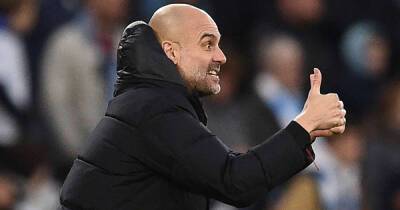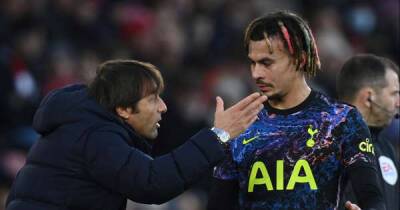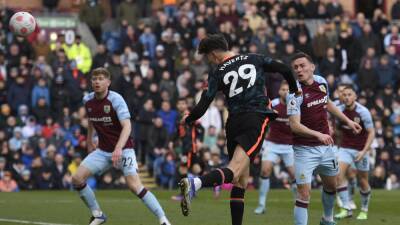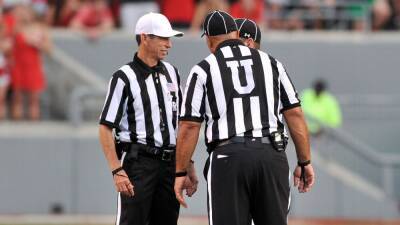Southampton: Study asks if players going down in second half is plan or coincidence
In 14 of their 24 Premier League games so far this season, a Southampton player has needed treatment from a physio between the 60th and 70th minute after going down with an injury.
The English top-flight is a physical competition and players frequently pick up knocks. However, there’s no denying the pattern behind the timing of these breaks in play.
Now, research carried out by The Athletic, indicates that the stoppages are likely part of a wider tactical plan, as opposed to a curious coincidence.
Each time a member of the Saints’ medical staff is called on to the field of play, Southampton boss Ralph Hasenhuttl has the opportunity to gather his troops on the touchline.
Not only do these brief intervals allow for tactical instruction to be passed on, but players can often be spotted consuming energy gels and drinks during their spell on the sideline.
The high-intensity nature of top-tier football makes it inevitable that performance levels will drop somewhat as matches progress into their latter stages.
Are the frequent injuries that occur around the 60th minute of Southampton games the team’s way of counteracting this dip?
Phil Hayward, an elite sports physiotherapist who headed up the Wolves medical department until 2020, confirmed the effectiveness of the practice from a medical standpoint.
“They will be taking on energy gels, which contains maltodextrin (a form of carbohydrate) and gets into the bloodstream pretty quickly,” he told The Athletic. “You would start to see a response in around 10 minutes.
“The reason for the gels is that they are more concentrated, and to get that level of maltodextrin through a liquid, you would have to drink quite a lot. In terms of performance, it is more about their endurance







